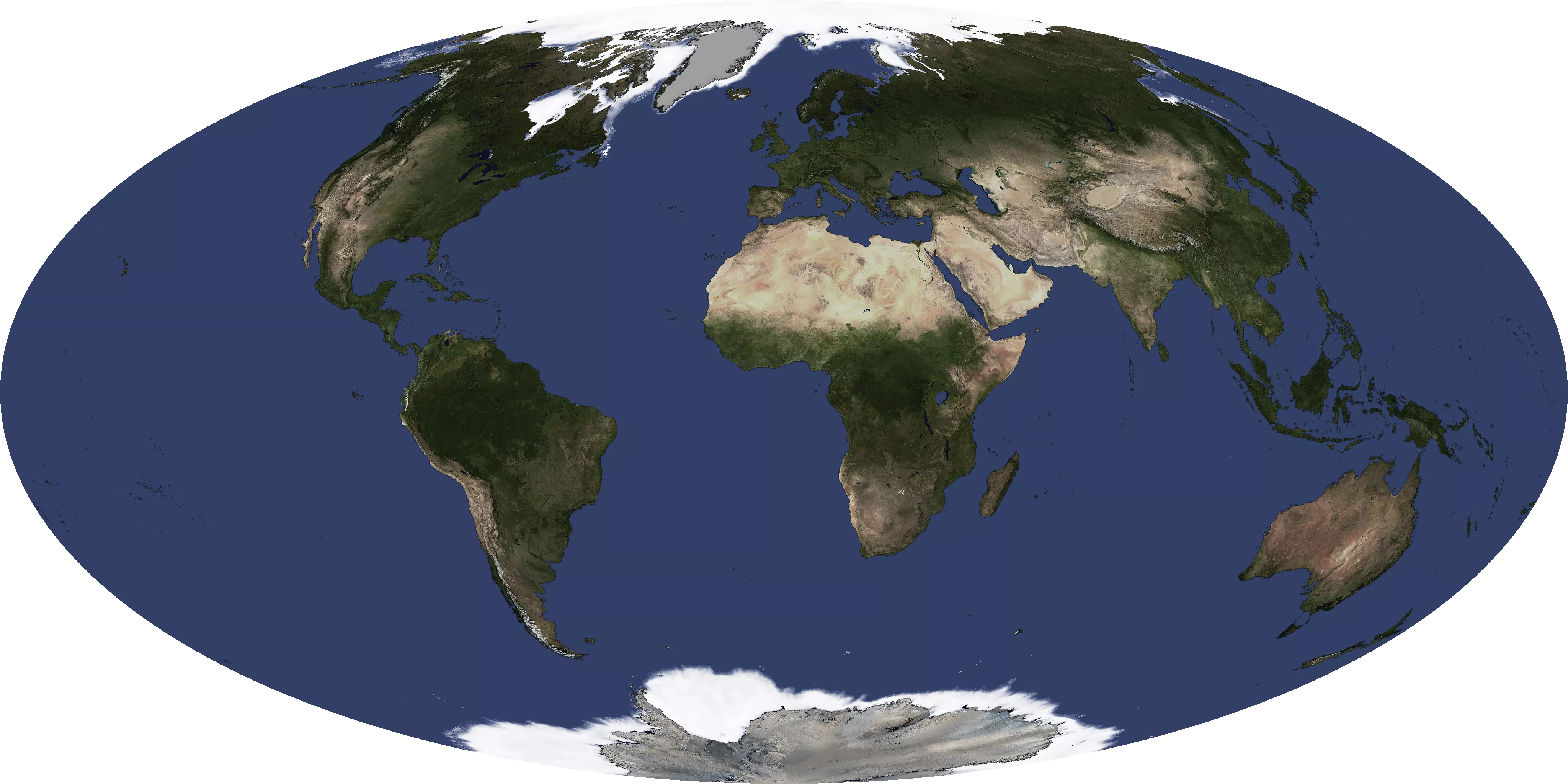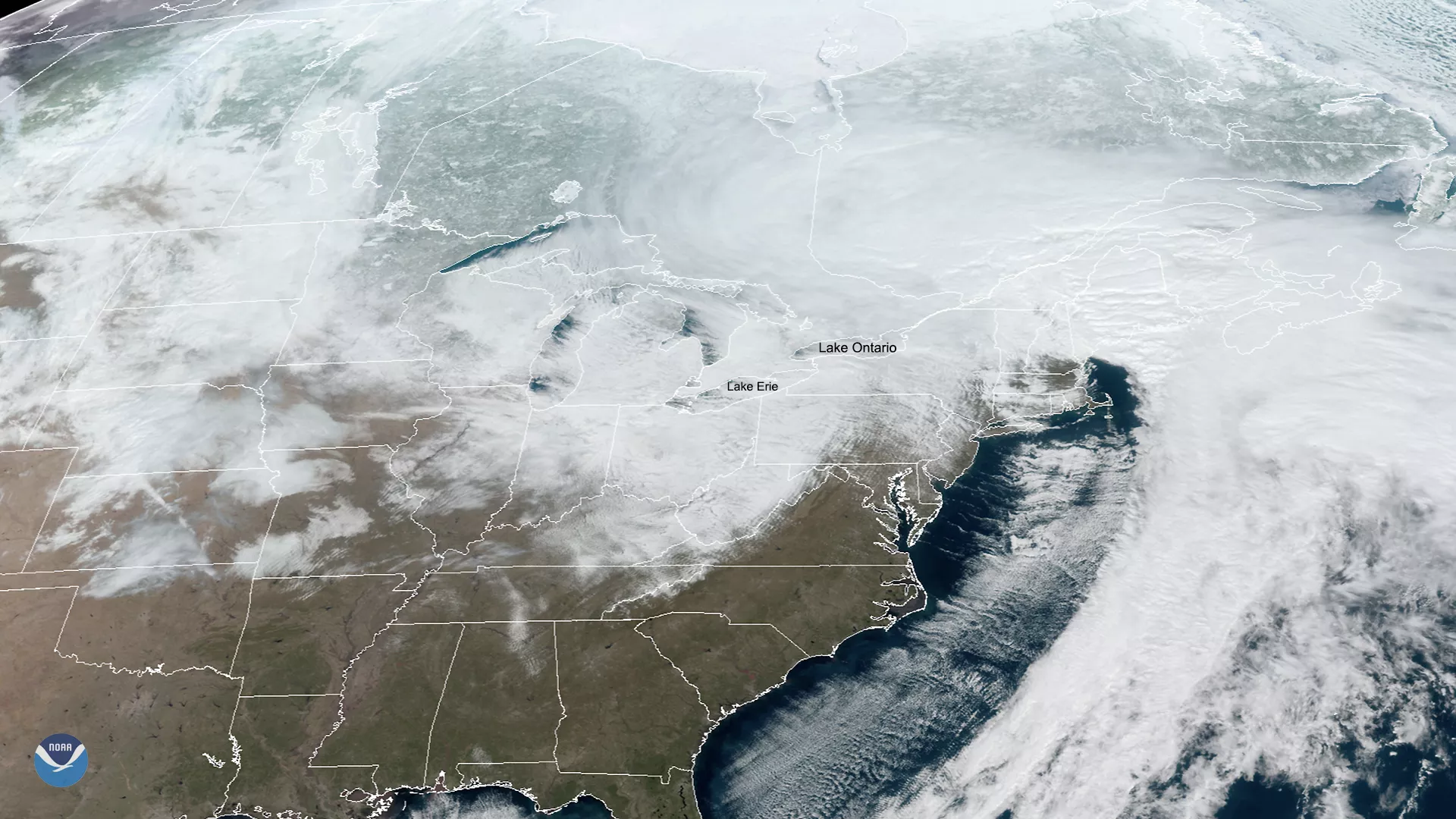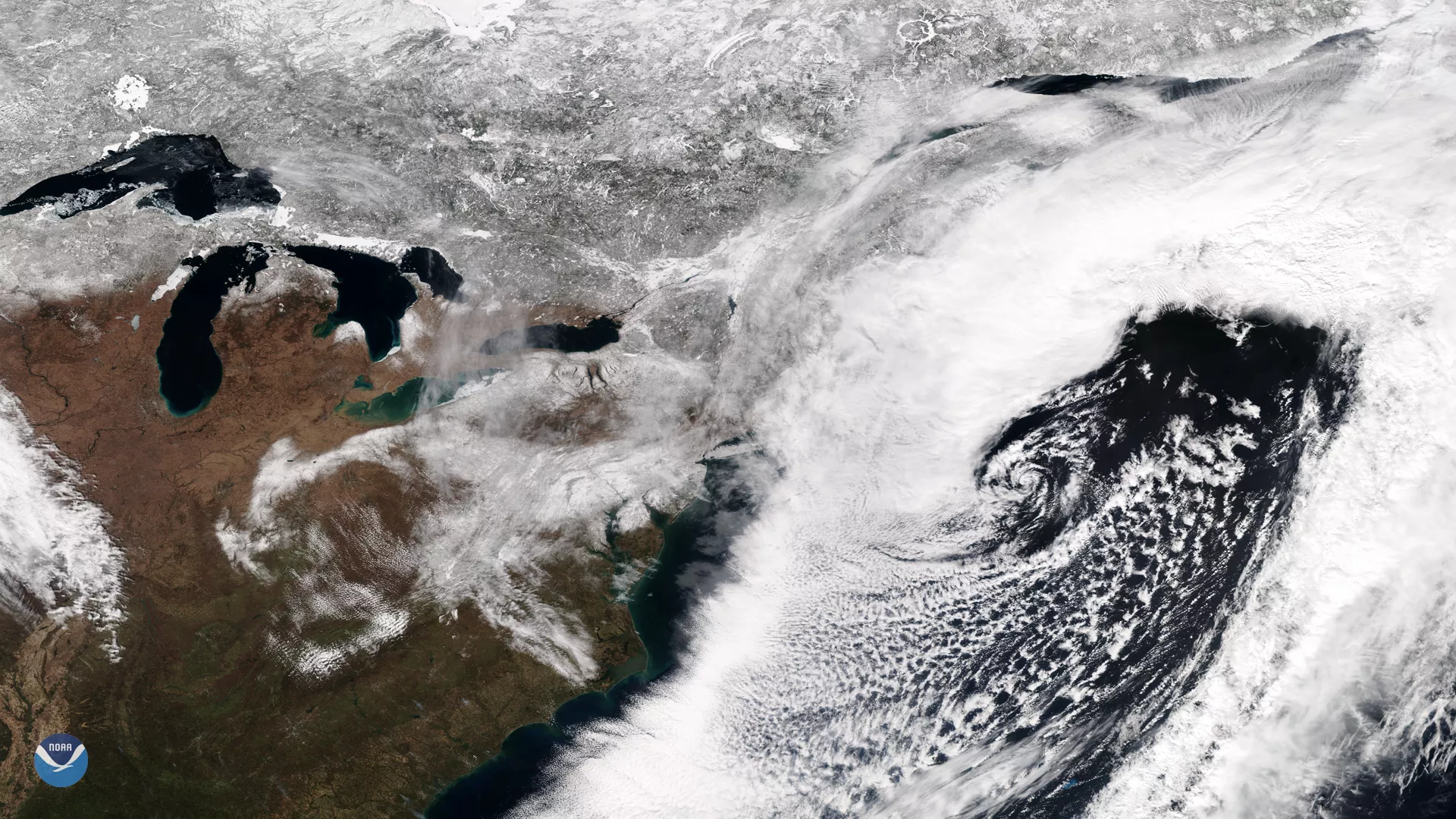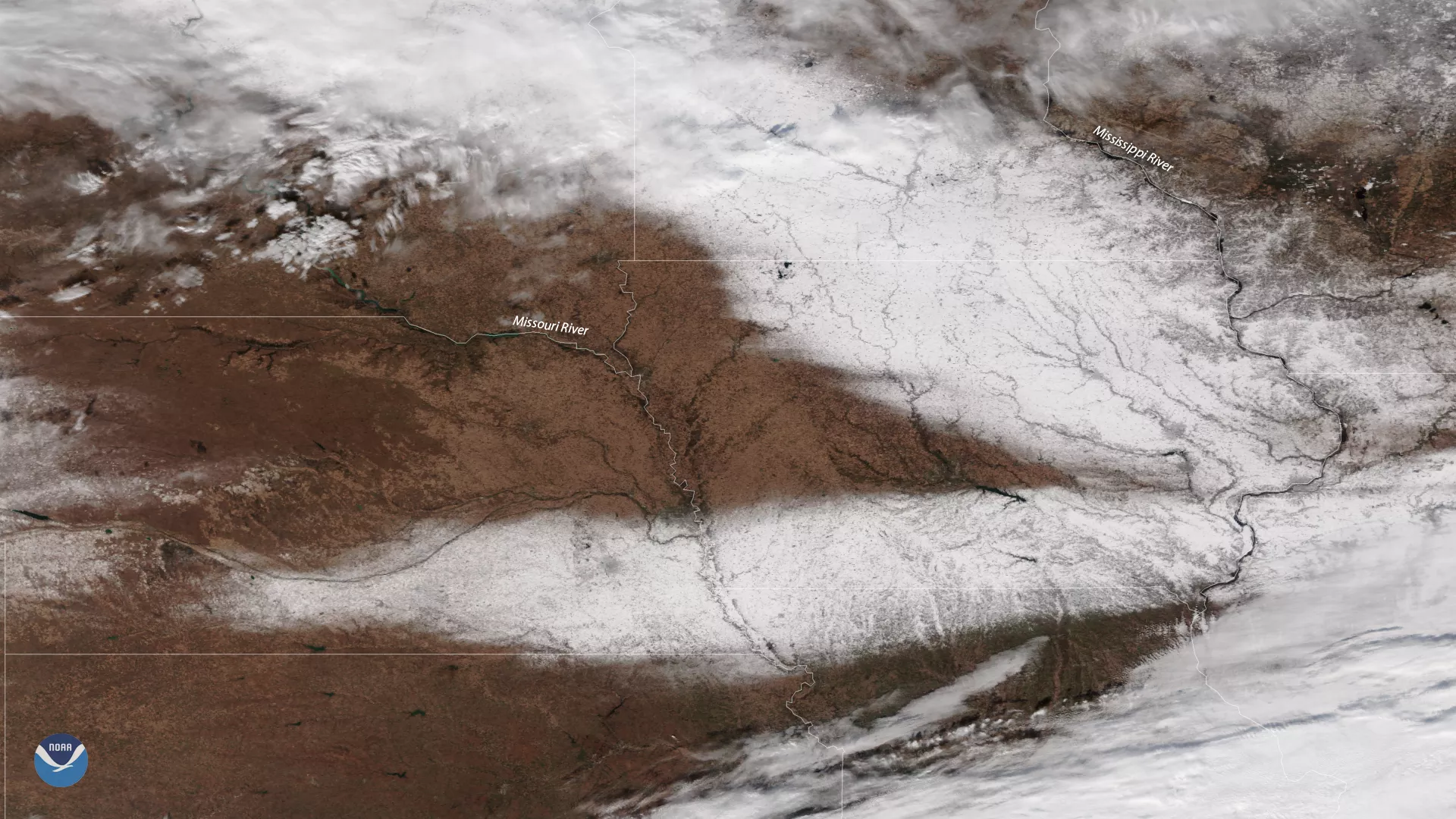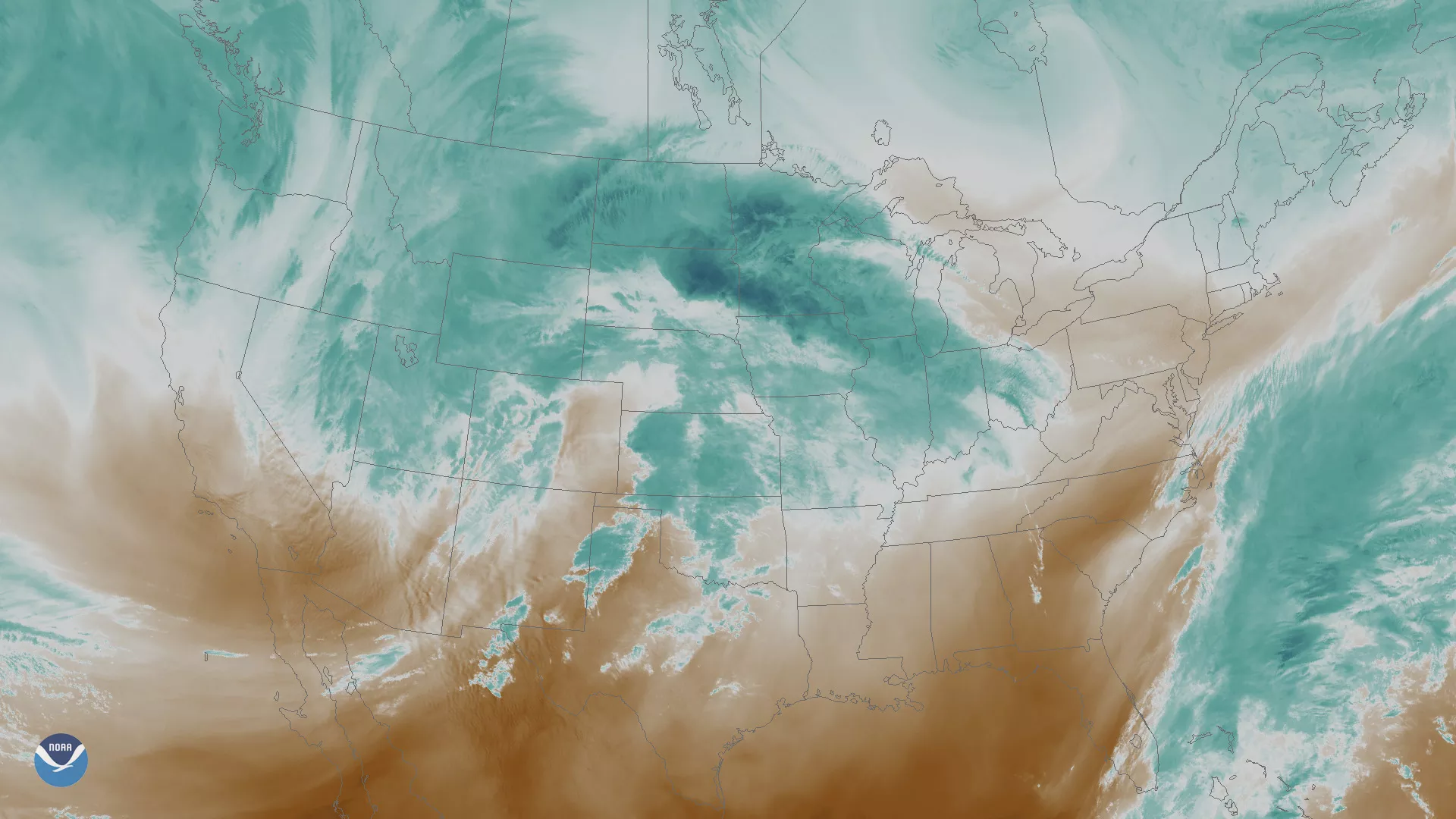What is Snow?
Snow is precipitation in the form of ice crystals. It originates in clouds when temperatures are below the freezing point (0 degrees Celsius, or 32 degrees Fahrenheit), when water vapor in the atmosphere condenses directly into ice without going through the liquid stage. Once an ice crystal has formed, it absorbs and freezes additional water vapor from the surrounding air, growing into a snow crystal or snow pellet, which then falls to Earth.
Scientists study ways to map global snow cover as well as ice from satellite and ways to determine the contribution of melting snow to regional water supplies.
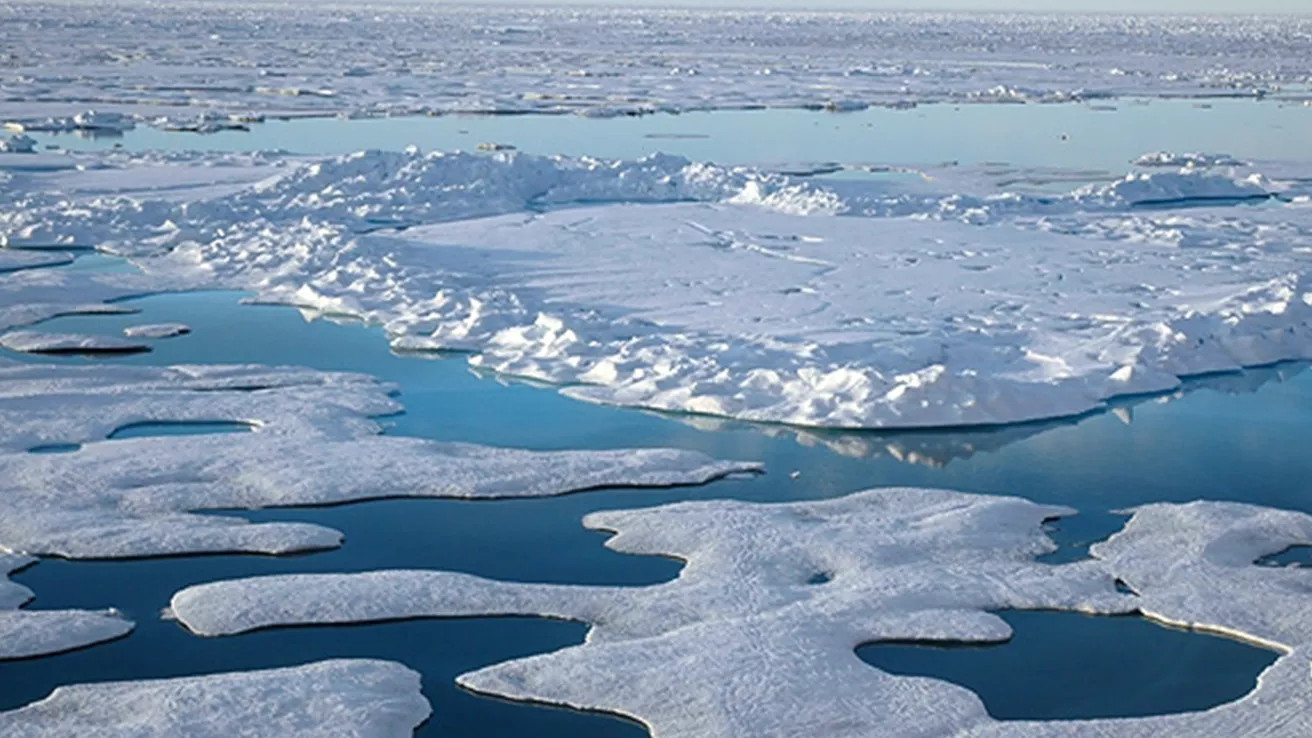
Common Phenomena
More Articles on Ice and Snow
-
Satellite Snapshots
On March 10, 2025, the NOAA-21 satellite captured this stunning view of lake ice covering parts of… -
Feature Story
When hazardous winter weather threatens, NWS forecasters can use a new tool with GOES and JPSS… -
Feature Story
A rare winter storm highlighted both the impacts extreme weather can have on our lives and the…

